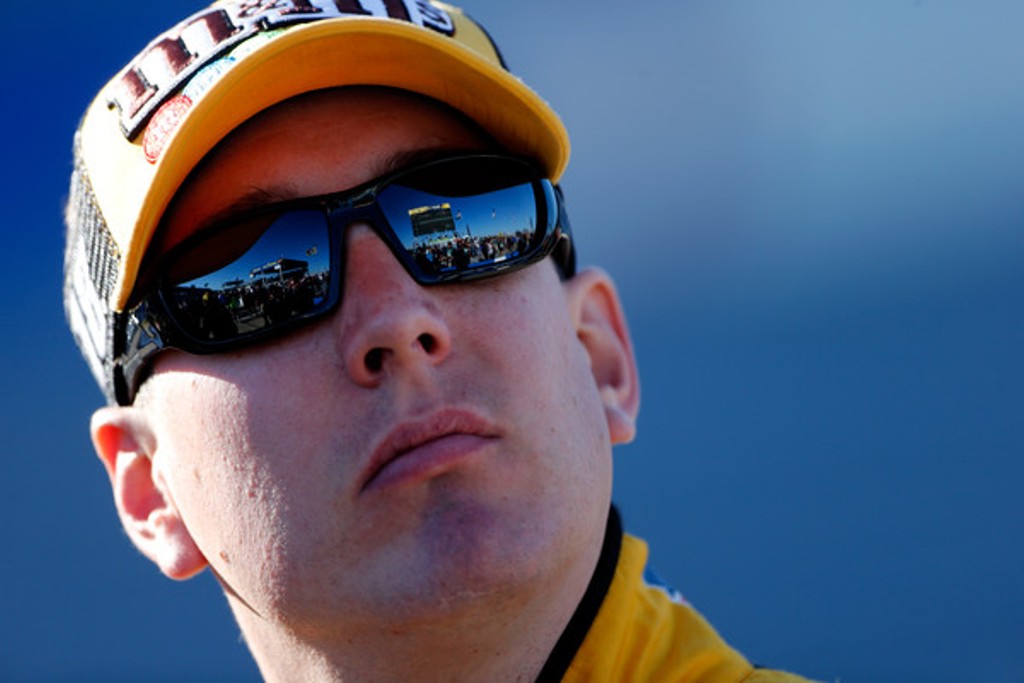
Photo Credit: Brian Lawdermilk/Getty Images North America
Most of the discussion following the Hellmann’s 500 wasn’t about Joey Logano’s win, or Brian Scott’s surprising near win. The discussion instead turned to Joe Gibbs Racing.
To be more precise, the discussion was about the mediocre — at best — runs by Matt Kenseth, Carl Edwards and Kyle Busch. The three teammates finished 28th-through-30th, and it wasn’t from lack of power, but a lack of effort.
The teammates, who felt confident in their points position for the Chase, opted to hang in the back all day to avoid the typical Talladega big one. Although the big one wasn’t seeming likely even as the race reached its conclusion, the Gibbs trio decided to stay in the back, knowing their Chase spot was likely secured. This sparked a discussion online regarding NASCAR’s controversial, and often confusing ‘100 per cent rule.’
NASCAR implemented the 100 per cent rule after the fall Richmond race in 2013. Now, I’m sure everyone remembers the Michael Waltrip Racing situation that initiated the rule, but in case some don’t, Clint Bowyer may or may not have intentionally spun out near the end of the race to cause a caution that helped out his then teammate Martin Truex, Jr. qualify for the Chase. The rule was put in place to make sure drivers wouldn’t “artificially alter the finishing positions of the event.” Simply put, the rule is to make sure each driver gives their all on track, and finishes as high up as they possibly can.
The argument that many people gave their 100 per cent effort to make online was that since the three JGR cars sandbagged for most of the race, they should be subject to penalty. However, that’s just not the case. No, these drivers didn’t race their hearts out for a win, but one can argue that the Gibbs Toyotas did race at a 100 per cent effort to ensure their drivers got the result they needed to advance in the Chase.
The issue with this rule is how hard it is to enforce. Since NASCAR implemented the rule, there have been no instances where a team has been penalized for not following it. There have been instances where legitimate arguments have been made to penalize a team for not breaking it – drivers laying back on restarts, Austin Dillon pitting late in an XFINITY race at Charlotte to help his brother advance in the Chase, Kevin Harvick causing a wreck on a late restart in last year’s Talladega race to end the race early due to his ailing car.
The rule is subjective. It’s impossible to enforce regularly because it goes on a case-by-case basis. Due to the subjectivity of the rule, NASCAR will continue to be scrutinized by its fans for not penalizing drivers for — in their minds — not following it.
The reality is, yes, the JGR cars laid back. They didn’t try to get the best result possible at the end of the race at Talladega, but they did try to get the best result possible in regards to the championship hunt, and that follows the 100 per cent rule.




